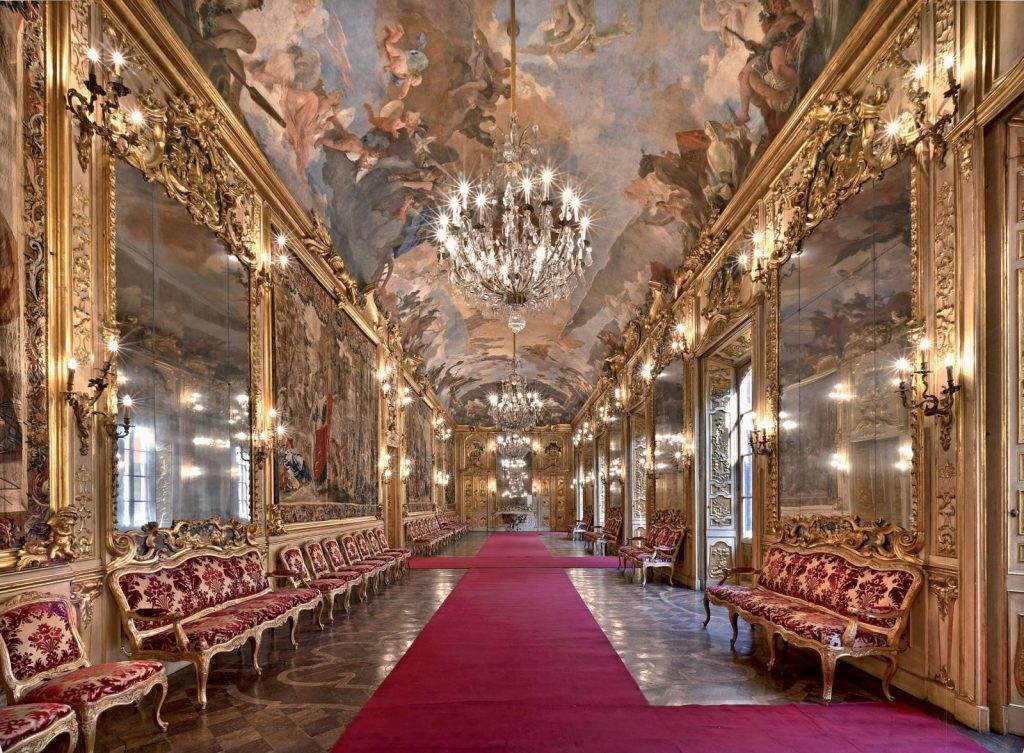02 Jan The five most beautiful buildings in Milan
Often the chaotic style of life in Milan makes us run everyday without stopping for a moment to observe what is around us. Today we want to stop and look up to admire the most beautiful buildings in Milan, rich in history and Italian culture. The first building that we want to show you is perhaps the best known, because it is situated in a central part of Milan: Piazza Mercanti, a short walk from the Duomo. The Palace of Giureconsulti, was constructed between 1562 and 1654, and it has been considered for centuries the political and administrative center of the city. From 1808 to 1901, the Palace was home to the first Milan Stock Exchange, and since 1911 has been the seat of the Chamber of Commerce. In the late ‘80s the building was completely restored and today, with its 1.700 square meters, is a true multi-purpose center.
Not far away, near Piazza Scala, we can see Palazzo Clerici. Clerici family acquired it and lived there from the second half of the XVII century to the end of the XVIII century. In those years the Palace was one of the most luxurious residences in the city. The sober-looking facade is in contrast with the wealth and splendor of the interior.

Close to Palazzo Clerici we can find a very unusual building that is impossible not to notice: the House of Omenoni, placed in the namesake street. The name derives from the eight "omenoni" (big men) carved on its facade. The palace was built by Leone Leoni, the sculptor of the Milan Mint in 1542. This palace is still home to an exclusive club for men only, opened in 1901.
Not far from the famous Villa Necchi Campiglio in Porta Venezia, there is Palazzo Serbelloni. The prominent features of the neo-classical facade are definitely the central loggia and stucco bas-reliefs. The building currently hosts conferences and other events in the room called "Napoleonic", adequately restored after the bombings of 1943. Today the building is owned by the Foundation that in addition to allowing visits by appointment, manages various cultural and fashion events.
In Corso Venezia stands the Palazzo Castiglioni, commissioned in 1900 by the engineer Ermenegildo Castiglioni. The engineer deliberately chose Corso Venezia as the location for its palace, because in that street the buildings were all of the Eighteenth century and in neoclassical style: he wanted to put the new building, made with art nouveau decoration, in total opposition to them. The palace is divided into three levels with two sides: the first is based on the contrast of the smooth surfaces of plaster with the stone and design of the decorations and irons. The second one proposes red bricks, loggias and wrought iron railings.

